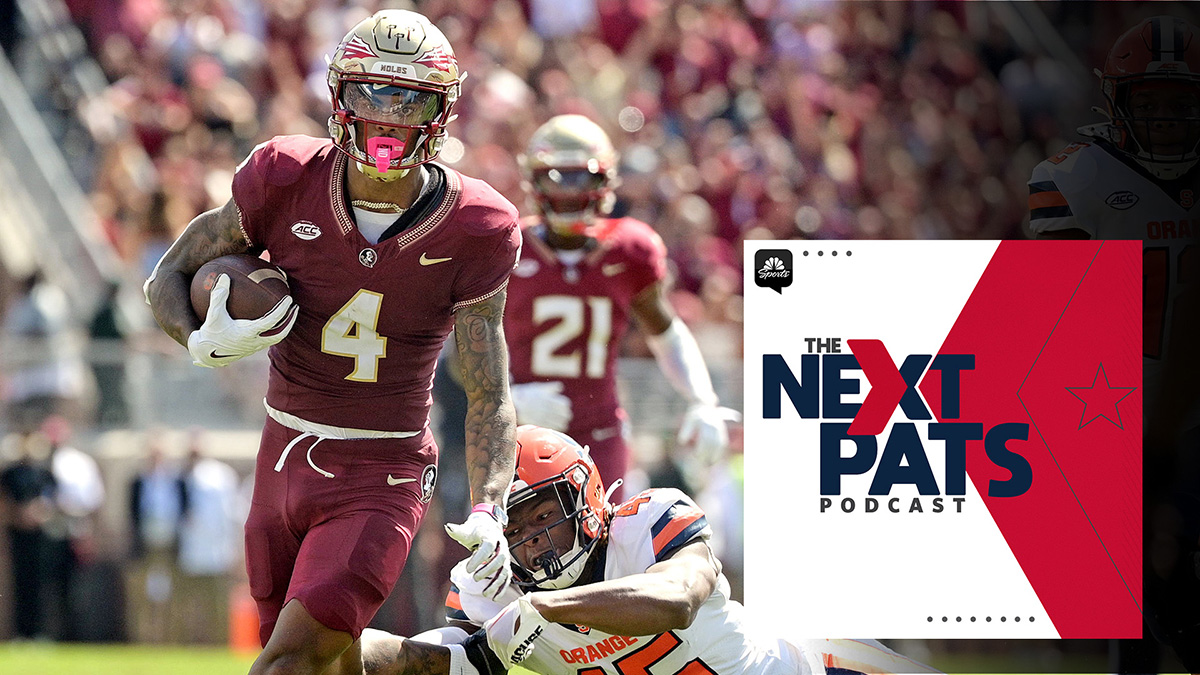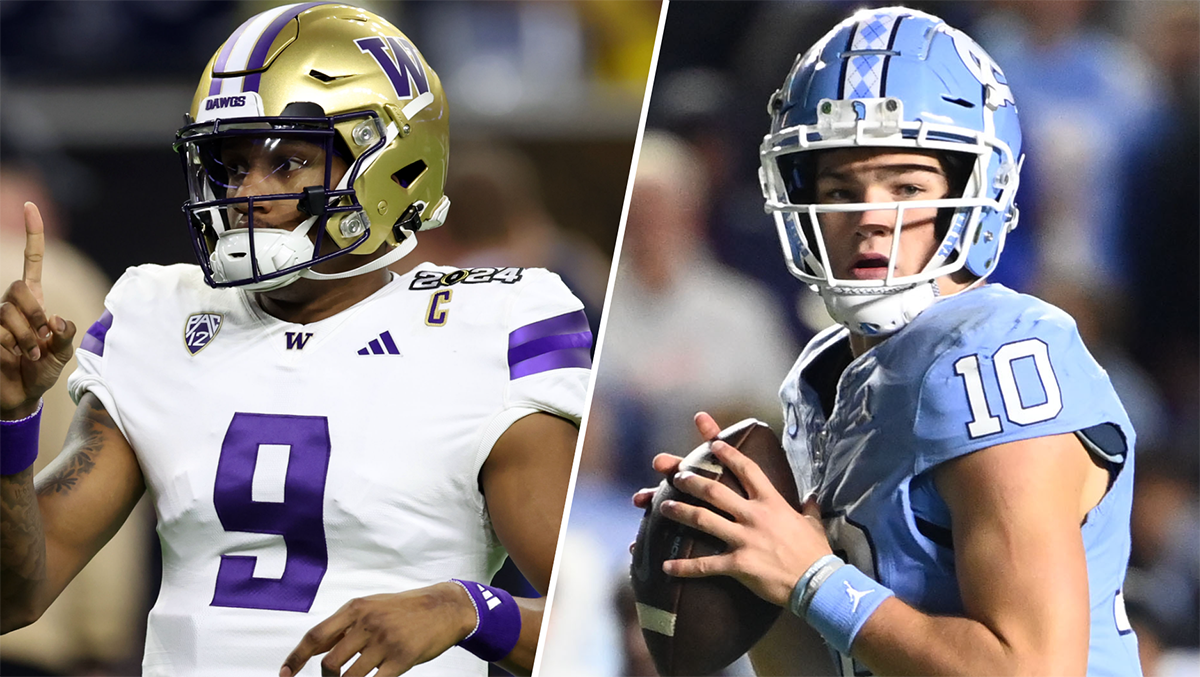
The Brady era Patriots start 2-2 nearly as often as they win the Super Bowl. They’ve actually won the Super Bowl in two seasons that featured 2-2 starts. So yeah, boom. Super Bowl champions.
The unexpected lackluster results through four games, including a loss to the still-undefeated Chiefs and a defeat at the hands of the now 3-1 Panthers, is not unprecedented. The aforementioned .500 starts came in 2003, 2005, 2012 and 2014.
With fewer people labeling the 2017 Patriots as sure-fire Super Bowl champions as they were in the offseason (my Monopoly money is still on them winning it all), the more immediate hope for Pats fans is that the team will simply improve. It should come as no surprise that those other 2-2 starts suggest they will.
The most recent 2-2 start, 2014, saw the Pats allow 90 points over the first four games, including 33 points to the Dolphins in a season-opening loss and 41 points in the infamous Monday night drubbing against the Chiefs. They straightened things out in short order, as they allowed more than 23 points just twice the rest of the season as they won 10 of their final 12 games.
In 2003, the Pats were outscored by a 77-71 mark over the first four weeks. Though they allowed 30 points to the Titans in a Week 5 win, they went on to allow just 161 points the rest of the season, including three shutouts and five games with six or fewer points allowed. That team, of course, ran the table from Week 5 on and won the Super Bowl.
Those are the stories of the 2-2 teams that got their acts together quickly. The other two -- 2005 and 2012 -- didn’t. The 2005 Pats continued to lose every other game en route to a 4-4 start. The 2012 team started 3-3.
It’s not difficult to see what the 2003 and 2014 teams had in common and what traits were shared between the 2005 and 2012 teams. The 2003 and 2014 Pats both had strong talent on defense and were working in a star free agent in the secondary (Rodney Harrison in 2003, Darrelle Revis in 2014). The 2005 and 2012 Pats had questions on defense that ultimately weren’t answered.
New England Patriots
Case in point: Here’s where the 2003 and 2014 Pats finished defensively compared to the 2005 and 2012 teams:
2003: first in points allowed, seventh in yards allowed (finished 14-2, won Super Bowl)
2014: eighth in points allowed, 13th in yards allowed (finished 12-4, won Super Bowl)
2005: 17th in points allowed, 26th in yards allowed (finished 10-6, lost in divisional round)
2012: ninth in points allowed, 25h in yards allowed (finished 12-4, lost AFC championship)
So the question is whether this defense will follow the route of the 2003 and 2014 teams or the 2005 and 2012 ones. Their talent in the secondary suggests a finish like the 2014 group isn’t out of the question, but then again the 128 points they’ve allowed through four games is far and away the most of these 2-2 teams (20 more than the 2005 team, which allowed 108 points through four games; the 2003 team allowed 77 and the 2014 squad allowed 90).
The good news is that even in the case of those lesser defenses, they greatly improved after their slow starts. The 2012 and 2005 teams both allowed much fewer points per game over the final 12 than over the first four, with the 2005 team allowing over a touchdown less (27 points allowed per game over the first four games, 19.16 points allowed per game over the final 12).
So the Patriots have been here before, and they’ve improved after. The question is how much they will this season, and how soon.


